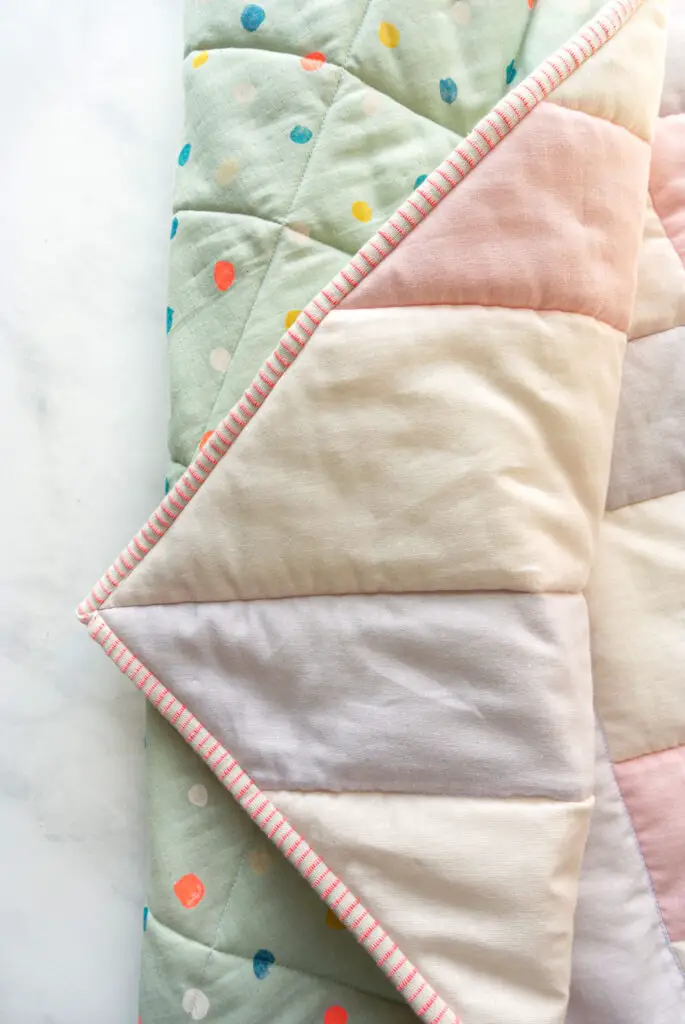Are you looking for ways to make your quilt feel softer and fluffier? If so, you’ve come to the right place. In this article, we’ll discuss how to soften a quilt and provide tips and tricks that will help you achieve the perfect quilt. We’ll discuss everything from the fabrics you use to the techniques you employ to make your quilt as soft and fluffy as possible. So, if you’re ready to learn how to soften a quilt, read on!
What Makes Cotton Quilts Stiff?
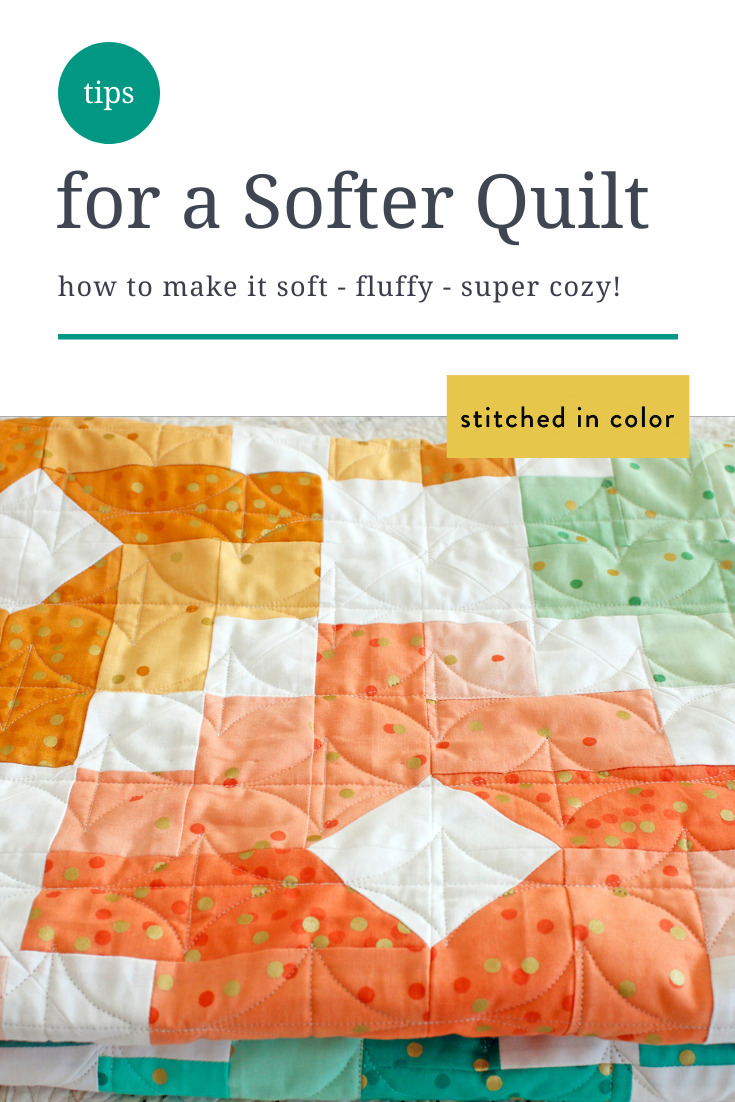
- Starch – Starch is often used to make cotton quilts stiffer, and it can be difficult to remove starch from a store-bought quilt.
- Unwashed Fabric – Fabric that has not been washed can be stiff and can make a quilt stiff.
- Wrinkles – Quilts that are heavily wrinkled can also be stiff and difficult to soften.
- Poorly Constructed Quilt – A poorly constructed quilt, with little or no batting, can be stiff and difficult to soften.
To soften a store-bought quilt, it is important to understand the factors that can make a quilt stiff, such as starch, unwashed fabric, wrinkles, and a poorly constructed quilt. Understanding the cause of the stiffness can help you determine the best way to soften the quilt.
How to Soften a Store-Bought Quilt
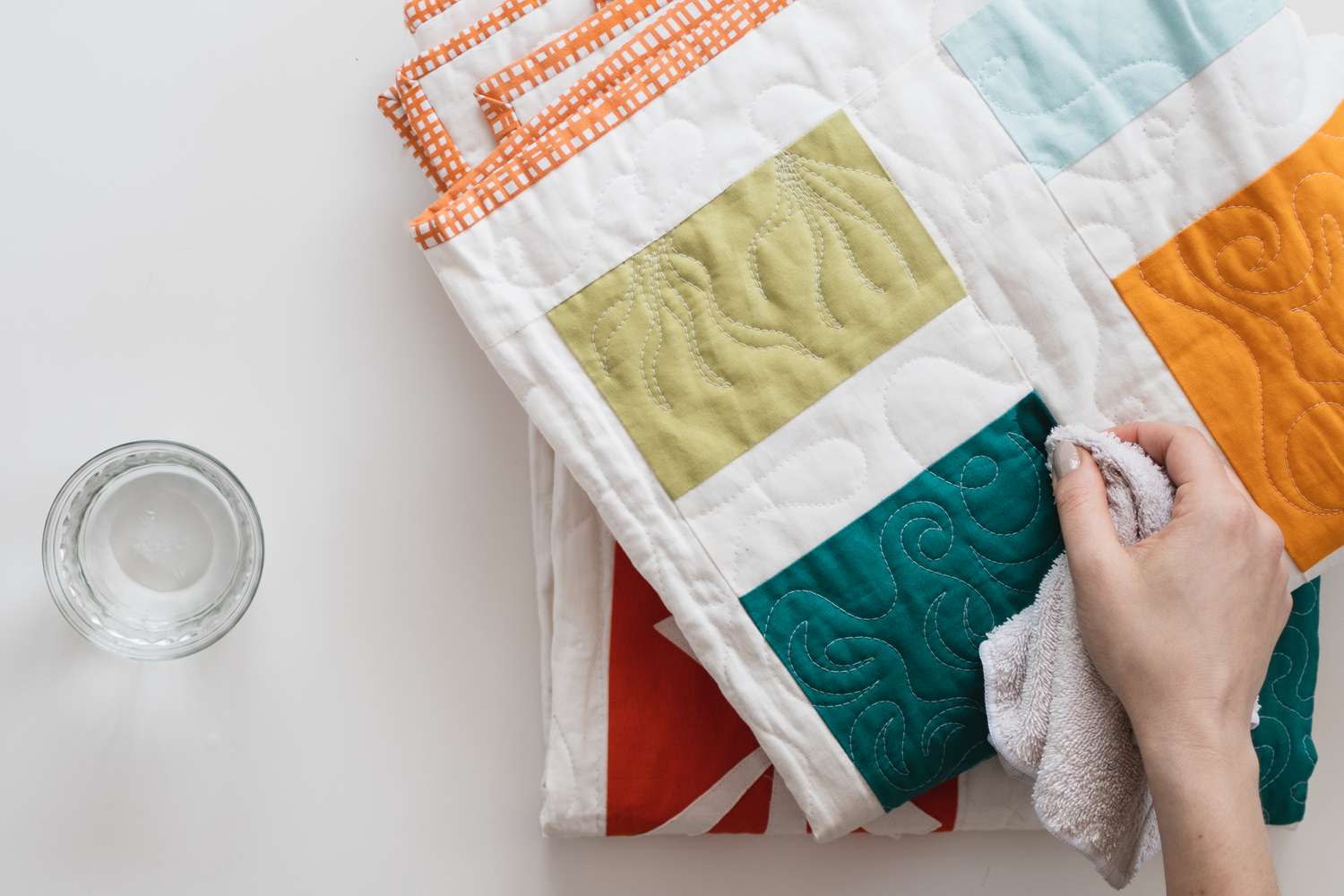
- Wash the Quilt: The best way to soften a store-bought quilt is to wash it. Washing the quilt in warm water with a mild detergent will help to remove any dirt, oils and other residues which may be causing the fabric to be stiff. It can also help to reduce the amount of static electricity in the quilt.
- Use Fabric Softener: Adding fabric softener to the wash will help to soften the quilt. Follow the manufacturer’s instructions for the correct amount of fabric softener to add.
- Soak the Quilt in Vinegar: A mixture of one cup of white vinegar and two gallons of water can be used to soak the quilt for about thirty minutes. This will help to set the colors of the quilt and make it softer.
- Dry the Quilt: After the quilt is washed, it is important to dry it. The best way to do this is to hang the quilt in the sun. Natural sunlight will help to brighten the colors of the quilt and make it softer. If you choose to machine dry the quilt, make sure to use the lowest temperature setting.
- Why are Cotton Quilts Stiff? Cotton quilts are often stiff due to the fibers being tightly woven together. The tight weave of the fibers makes it difficult for air to circulate, which can make the quilt feel stiff. Washing the quilt will help to loosen the fibers, making it softer.
How to Make a Quilt Less Stiff
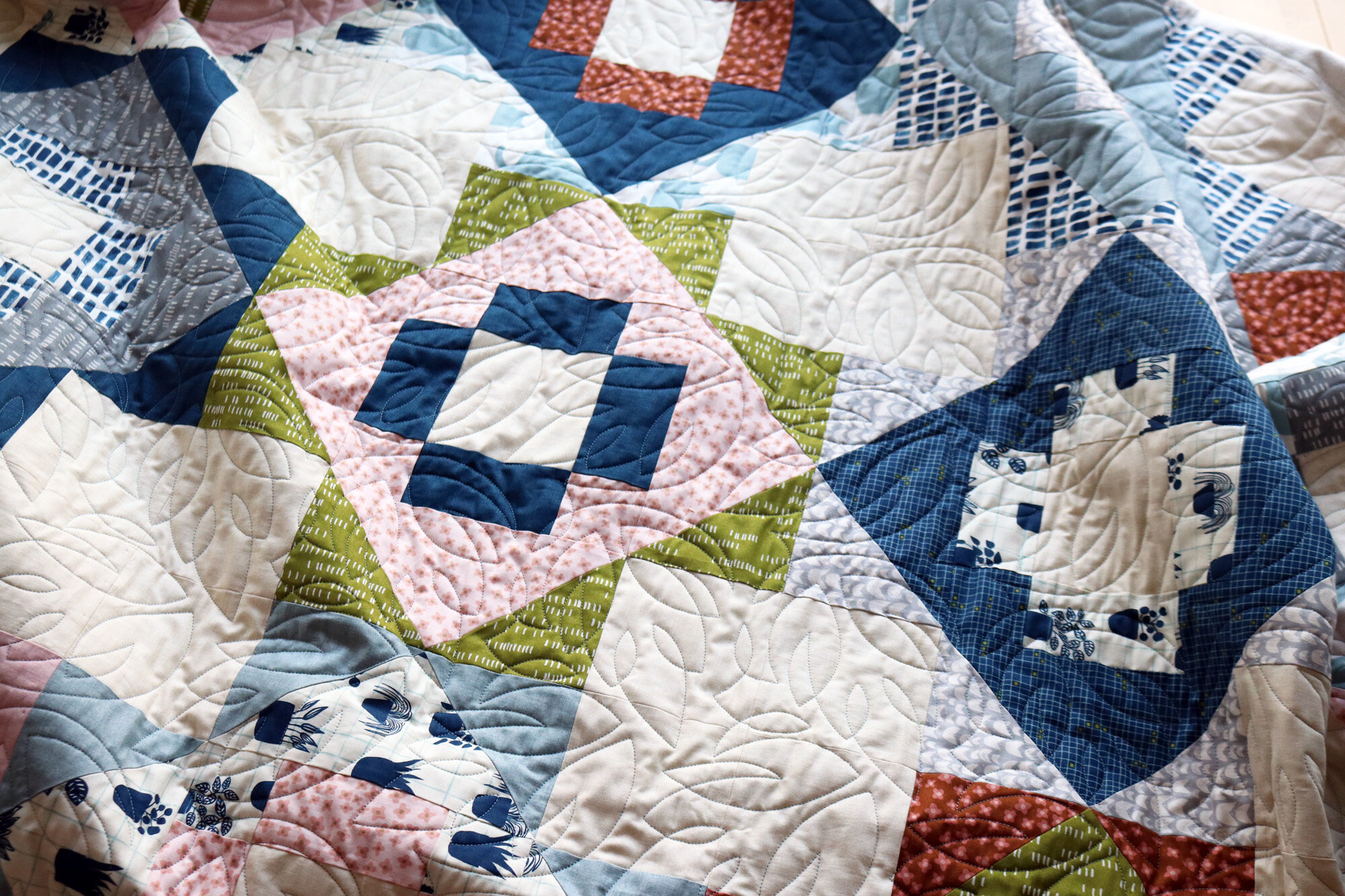
Wash the Quilt – Washing a quilt can help to soften it. Use a gentle cycle and cold water, and opt for a plant-based detergent. To prevent clumping, use a tennis ball or a few clean towels in the dryer.
Use Fabric Softener – Fabric softener can be added to the wash cycle or used in the dryer. For best results, use a fabric softener dryer sheet.
Air Dry the Quilt – Hang the quilt on a clothesline and allow it to air dry. This will help to soften the fabric without the use of a dryer.
Iron the Quilt – Ironing a quilt with a medium-heat setting will help to soften the fabric. Use a pressing cloth or a damp towel to avoid scorching the quilt.
Add a Cotton Batting – Adding a layer of cotton batting can help to make a quilt less stiff. Use a batting that is slightly larger than the quilt, and sew it in place. Quilting will also help to soften the quilt.
Use a Quilt Softener – Quilt softener is designed to make quilts softer and more pliable. Simply add the quilt softener to a warm water bath and soak the quilt for a few hours. Rinse the quilt thoroughly and hang it to dry.
How to Make a Stiff Quilt Soft
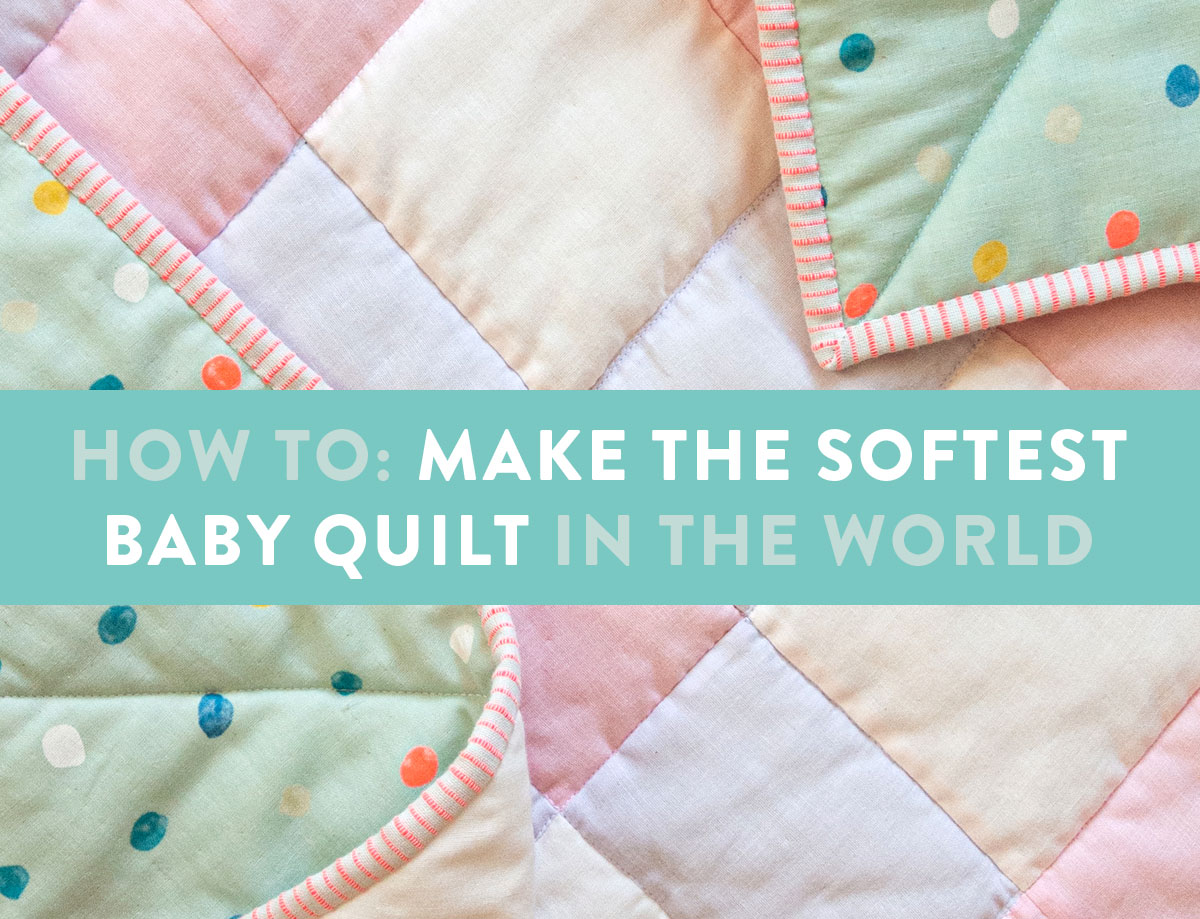
- Wash the quilt in a washing machine. Use cold water and a mild detergent. Avoid using hot water as it can make the fabric stiffer. Avoid using fabric softeners as well.
- Dry the quilt in a dryer. Set the dryer on low heat or no heat. Fluff the quilt every 10 minutes or so to help the fabric to relax. Make sure to keep an eye on the quilt to avoid over-drying.
- Iron the quilt. Use a low-heat setting on your iron and avoid pressing down too hard. Press down and move the iron in circles around the quilt.
- Spray the quilt with a fabric softener. Spray the fabric softener onto the quilt and spread it evenly. Allow the quilt to dry completely before using it.
Using these easy steps will help you make your stiff quilt soft and cozy. Just make sure that you don’t over-dry the quilt or use too much fabric softener. With proper care and maintenance, you can keep your quilt from getting stiff again.
Tips for Softening a Quilt
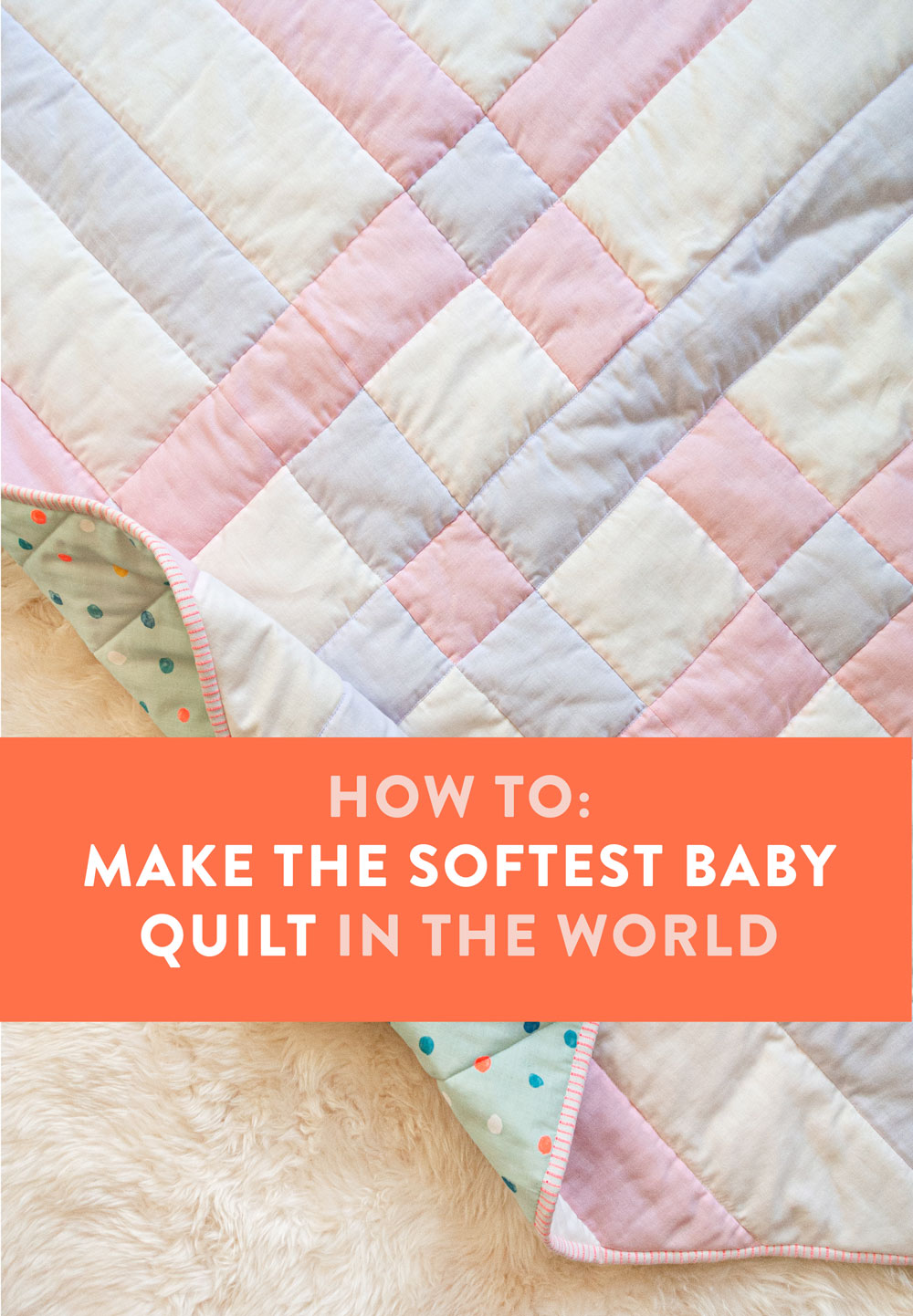
- Wash the quilt: Washing the quilt in a gentle cycle with a mild detergent is the best way to soften it up. You can also add a fabric softener to the cycle to help make it even softer.
- Air Dry: After washing your quilt, it’s important to air dry it. Heat from the dryer can damage the fabric and cause it to shrink. Hang the quilt in a sunny spot to help speed up the process.
- Use a Dryer Ball:If you still want to use the dryer, try adding a few dryer balls to the load. The balls help to fluff up the quilt as it tumbles around in the dryer.
- Brush the Fabric: You can also use a soft brush to brush the quilt fabric. This helps to fluff up the fabric and make it feel softer.
- Iron the Quilt: Ironing your quilt on a low setting will help to make it feel softer. You may also want to add a few drops of water to the iron to help soften the fabric as you iron.
If you are looking for ways to make a stiff quilt soft and comfortable, these tips can help. Softening a quilt can be a simple process if you follow the right steps. With a few easy steps, you can make your quilt feel and look like new again.
Natural Softening Materials
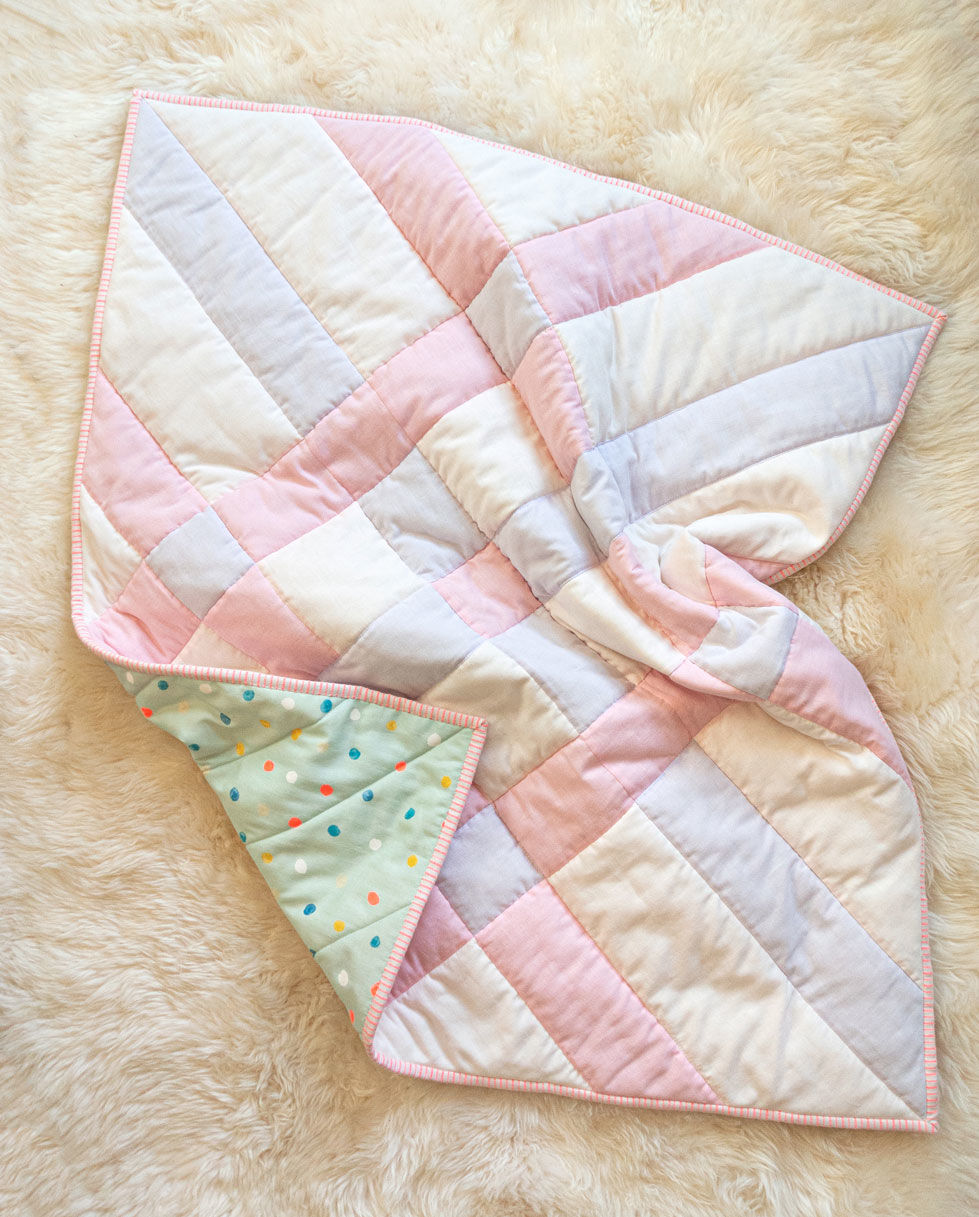
If your quilt is stiff and uncomfortable, why not try some of the natural softening materials available? These will give your quilt a softer, smoother feel and are often more gentle on your quilt than synthetic alternatives. Here are some of the best natural softening materials:
- Baking Soda – Baking soda is a great natural softener and deodorizer. It can help make your quilt less stiff and smells great. To use it, add a cup of baking soda to the load of your washing machine and run a normal cycle.
- Vinegar – Vinegar is a natural fabric softener and can help make your quilt softer and more comfortable. To use it, add a cup of white vinegar to the load of your washing machine and run a normal cycle.
- Wool Dryer Balls – Wool dryer balls are an eco-friendly alternative to fabric softeners. They absorb moisture from the quilt and help to fluff it up, making it softer and more comfortable. You can add a few wool dryer balls to the dryer with your quilt for best results.
- Lavender Essential Oil – Lavender essential oil is a natural fabric softener and can help to make your quilt feel softer and smell great. To use it, add a few drops of lavender essential oil to a cup of white vinegar and add the mixture to the load of your washing machine.
Using these natural softening materials, you can make your quilt softer and more comfortable without worrying about any harsh chemicals. Try out some of these methods to give your quilt a softer, smoother feel, and enjoy its newfound comfort!
Stiff Quilt Maintenance Tips
Wash Regularly: Quilts should be washed in cold water and on a gentle cycle, as hot water and harsh detergents can damage the fabric. Additionally, drying on low heat will help prevent the quilt from becoming stiff.
Dry Flat: To prevent stretching and pilling, quilts should be laid flat to dry.
Air Out: Hang quilts outside periodically to air out and reduce stiffness.
Rotate Use: To ensure even wear, rotate quilts so they are not always used in the same area.
Keep Clean: Vacuuming or using a lint roller will help remove dirt and dust that can cause quilts to become stiff.
Storage: Quilts should be stored in a cool, dry place and not folded or crumpled. Additionally, storing the quilt in a duvet or pillowcase can help protect it from dust and dirt.
Frequently Asked Questions
What type of fabric should I use to make a soft and fluffy quilt?
To ensure a soft and fluffy quilt, the following fabrics should be used:
- Cotton: Cotton is a great option for making quilts as it is lightweight and breathable. It also has excellent insulation properties, which make it perfect for a quilt.
- Silk: Silk is a luxurious fabric that is incredibly soft and lightweight. It is also naturally hypoallergenic, making it an ideal option for those who have allergies.
- Linen: Linen is a strong and durable fabric that can be made into a quilt. It is very breathable and has natural anti-microbial properties, making it great for keeping the quilt clean.
- Fleece: Fleece is a plush fabric that is both warm and lightweight. It is also very soft and can be used to make a quilt that is both warm and fluffy.
These fabrics are all great options for making a soft and fluffy quilt. They are all lightweight, breathable, and offer natural insulation, making them ideal for a quilt.
What is the best way to pre-wash the fabric to make the quilt softer?
Machine Wash: Pre-wash the quilt fabric in a washing machine with a mild detergent and warm water. Use the gentle cycle or delicate cycle to avoid over-agitating the fabric.
Hand Wash: Alternatively, hand wash the fabric in a sink or basin with a gentle detergent and warm water. Let the fabric soak for 10-15 minutes, then rinse with cold water.
Drying: After pre-washing, dry the quilt fabric in a dryer on low heat or air dry.
How Often Should I Wash My Quilt to Keep it Soft?
Quilts should be washed every 2-3 months, or as often as needed depending on usage. Wash in a gentle cycle with a mild detergent, and use the gentle cycle on the dryer. To avoid shrinkage, air drying is recommended. Wash dark and light colors separately.
What is the best way to dry a quilt to avoid damaging the fabric?
- Use a cool dryer setting: When drying a quilt, the best way to avoid damaging the fabric is to use a cool dryer setting. This will help to ensure that the quilt is not exposed to excessive heat which can potentially cause the fabric to shrink or damage.
- Hang dry the quilt: If possible, hang drying the quilt is the best option. This helps to prevent the fabric from getting damaged due to the heat of a dryer. If hang drying is not possible, use a cool dryer setting on the lowest heat level.
- Avoid over-drying the quilt: Over-drying the quilt can cause the fabric to become brittle and fragile. To prevent over-drying, check the quilt periodically to make sure it is not over-drying and adjust the dryer setting accordingly.
- Remove the quilt from the dryer as soon as it is finished: Once the quilt is finished drying, it is important to remove it from the dryer as soon as possible. This helps to avoid any further damage to the fabric due to the heat of the dryer.
Is there any way to make a quilt softer after it has been finished?
Yes, there are several ways to make a quilt softer after it has been finished. Adding a batting layer, washing and drying the quilt, and using softeners are all methods that can help make a quilt softer. Additionally, using a quilting spray baste or using a softer batting can also make a quilt softer. Finally, using a cotton batting and pre-washing the fabric before use can also help make a quilt softer.
Conclusion
Quilting can be a very rewarding craft, but getting the perfect softness and fluffiness can be a difficult task. With the right combination of fabrics and batting, as well as proper washing, drying, and storage techniques, however, you can have a quilt that is soft, fluffy, and beautiful. With the tips and tricks outlined in this article, you can create a quilt that will be cherished for years to come.
